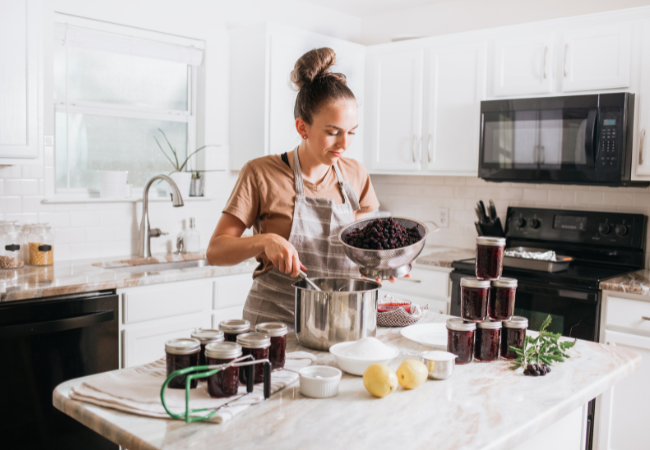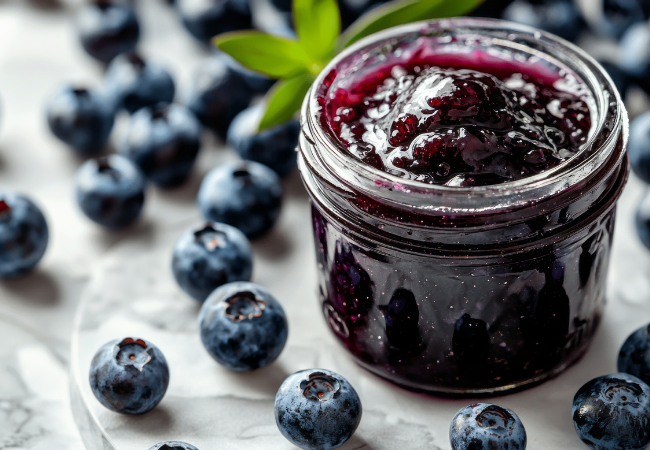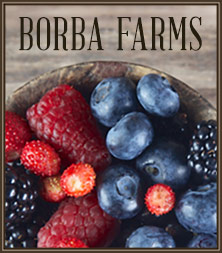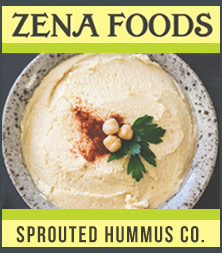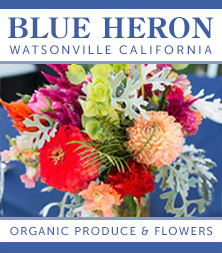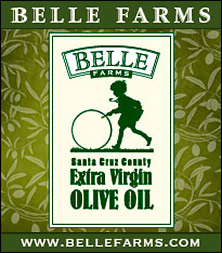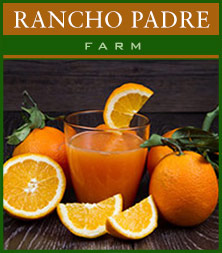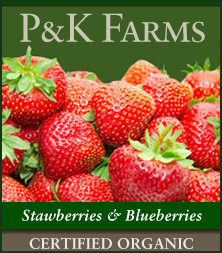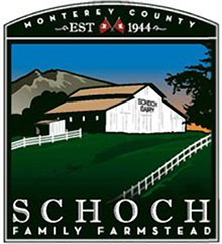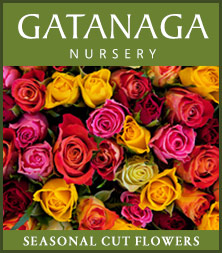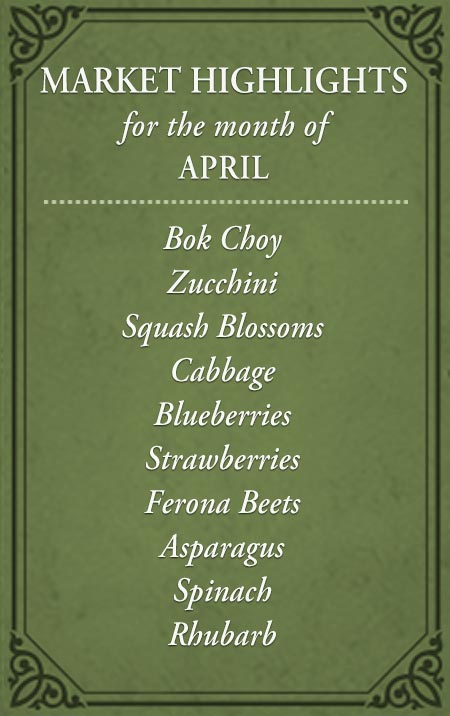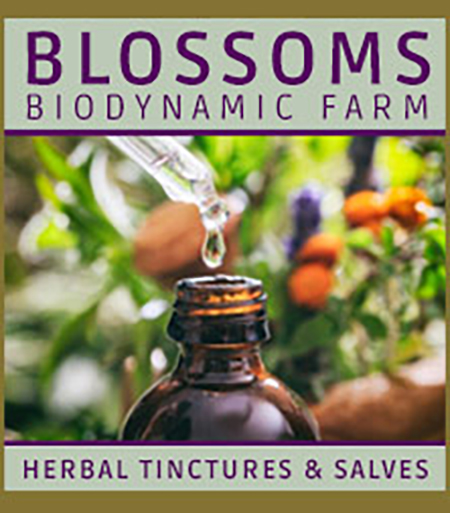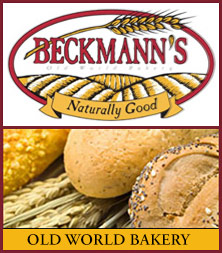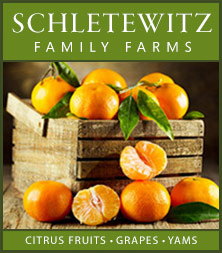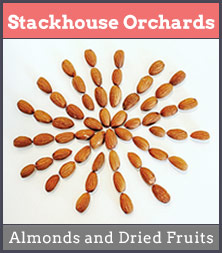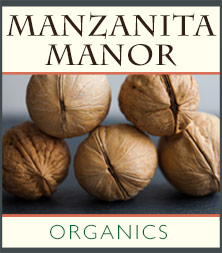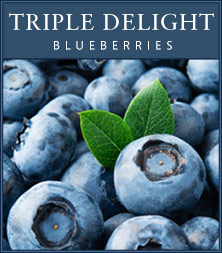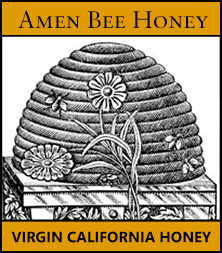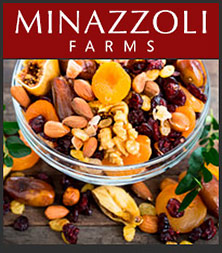Thinking about trying your hand at canning? If you’ve ever dreamed of capturing the taste of summer in a jar but felt a bit intimidated, you’re not alone! Home canning is a wonderful way to preserve seasonal abundance — from backyard fruit and garden vegetables to farmers market finds. Whether you’re a first-time canner or just brushing up on the basics, these answers to some of our most frequently asked questions will help you get started with confidence.
Whether you’re a curious beginner or returning to canning after a few years away, this guide will help you start with confidence.
Have more questions?
We love hearing from our readers! If you have questions about canning ingredients, tools, or techniques, send us an email — we’re always happy to help.
PECTIN AND PRESERVES
Are liquid and powdered pectin interchangeable?
No. Always use the exact type your recipe specifies. Liquid and powdered pectins behave differently, and substituting one for the other can keep your jam from setting.
How long does pectin last?
Use pectin within one year of purchase. Over time, its gelling power fades, and older pectin may lead to soft or runny jam.
Is pectin natural?
Yes — it’s made from fruits such as apples, citrus, or grapefruit. Powdered pectin may include small amounts of citric or ascorbic acid (vitamin C) to balance acidity. Fruits like apples, cranberries, and blueberries are naturally high in pectin and often need none added; others, like strawberries and peaches, benefit from extra.
Can I make my own pectin?
Absolutely! Homemade apple pectin is easy to prepare and perfect for high-pectin fruits such as blackberries or raspberries. [Find directions here.]
Can I make jams without added pectin?
Yes — just use a recipe developed for no-pectin cooking. Some fruits thicken naturally when cooked with sugar and acid. For low-pectin fruits, use slow cooking in a confiture pan to concentrate flavor and achieve the perfect texture.
Try this:
Combine equal parts berries and sugar, cook gently, and test for gel on a chilled plate — it’s old-fashioned but effective.
TOOLS AND TECHNIQUES
What is a confiture pan?
A wide, shallow copper pan that encourages quick evaporation for thick, glossy jams without overcooking flavor or color.
What’s a spice bag?
A muslin or cheesecloth bag that holds whole spices used for flavoring jams, jellies, or chutneys — simply remove it before canning for a smooth finish.
Can I recycle jars and lids?
You can reuse jars if they’re free of cracks or chips (especially on the rim). Never reuse lids — they’re single-use for safety. Metal bands can be reused if rust-free and clean. Store them dry to prevent corrosion. Avoid antique jars; they may not seal properly.
How should I store empty jars and rings?
Wash, dry, and sort by size. Store jars upside down in plastic tubs or sturdy boxes, with cardboard between layers. Keep the matching rings in labeled bags so everything’s ready for your next batch. Keep the matching rings in labeled bags so everything’s ready for your next batch.
Pro tip:
Organize jars and bands after each canning season. You’ll thank yourself when strawberry season rolls around!
PREP AND PROCESS
Can I use a food processor for all that chopping?
Yes — for produce that cooks down, like onions or tomatoes. For recipes where texture matters (like jam or preserves), chop by hand so the fruit pieces remain distinct. A sharp knife makes prep faster and safer.
What’s the difference between a boiling-water canner and a pressure canner?
-
Boiling-water canner: For high-acid foods such as jams, fruits, and pickles.
-
Pressure canner: For low-acid foods (vegetables, meats, soups). It reaches higher temperatures that destroy harmful bacteria.
Never substitute a household pressure cooker for a canner — it doesn’t maintain steady pressure or heat.
How can I tell if jars have sealed properly?
After cooling for 12–24 hours, check that lids are slightly concave and don’t flex when pressed in the center. You’ll often hear the satisfying pop as they seal! If a jar hasn’t sealed, refrigerate it and use within a week.
How long do home-canned goods last?
Properly sealed jars, stored in a cool, dark place, will keep up to one year. Always check for signs of spoilage — when in doubt, throw it out.
Do I need to sterilize jars before canning?
If your processing time is 10 minutes or longer, sterilizing isn’t necessary — the boiling-water bath will do it. For shorter recipes, boil jars for 10 minutes before filling.
Where can I find reliable recipes?
Stick with tested, science-based recipes from trusted sources:
-
National Center for Home Food Preservation (nchfp.uga.edu)
Safety first:
Tested recipes ensure the correct balance of acidity, time, and temperature for safe canning.
Canning is one of those timeless kitchen skills that connects us to the seasons — and to each other. Every jar tells a story of care, patience, and love of good food. Whether you’re filling your pantry with summer berries or crisp pickles, each batch is a little act of preservation — both of flavor and tradition.
Happy canning — and may your shelves always be lined with good things!


